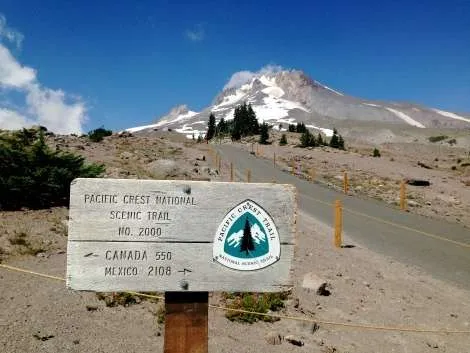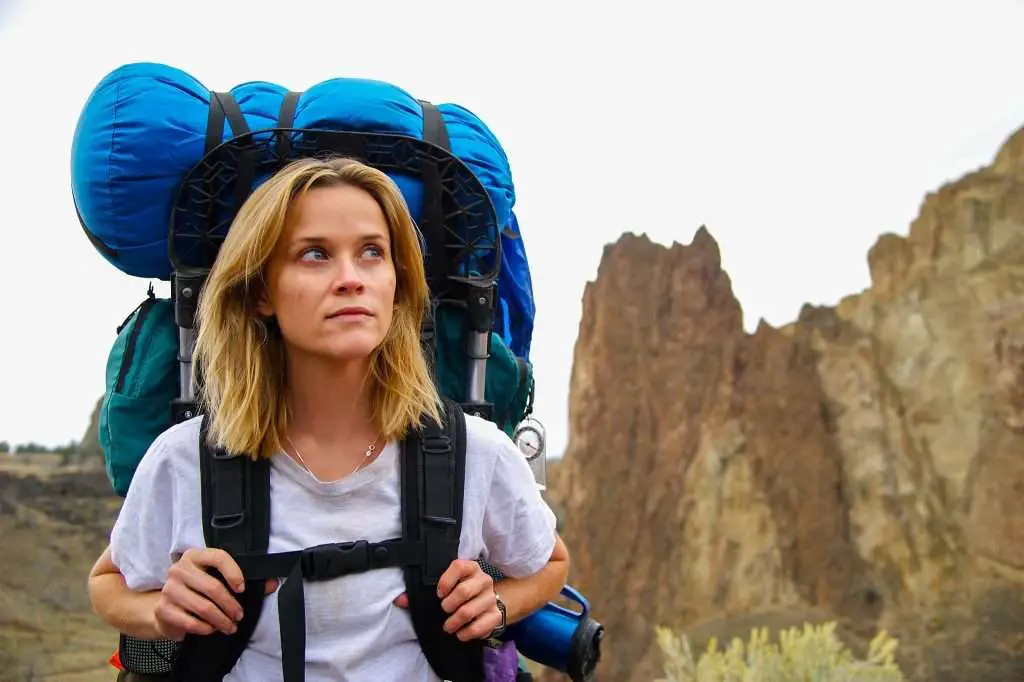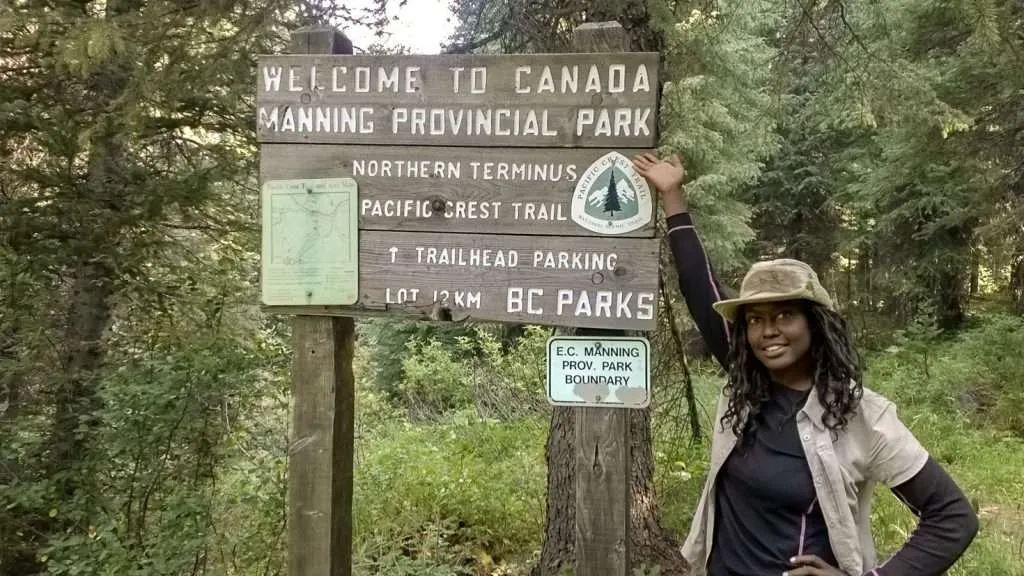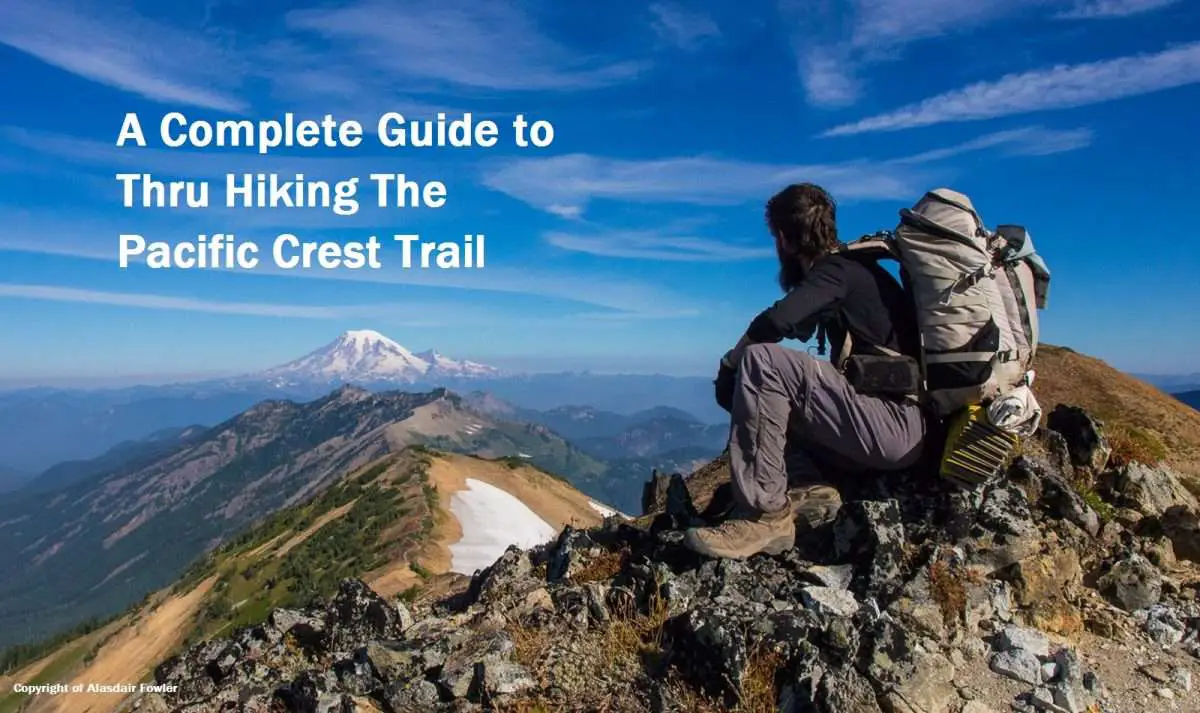Table of Contents
Thru Hiking The Pacific Crest Trail
Hiking trail is one of the most amazing sensations. In particular, hiking the Pacific Crest Trail (PCT) is among the best experiences I’ve ever had. the 2660-mile (4286-km) path that connects Canada and Mexico. The PCT travels through wet rain forests, high alpine slopes, and dry deserts in California. It is unlike any other hike in the world.
This guide will give thru-hikers on the Pacific Crest Trail and elsewhere the information they need to finish their trip.

Is A Permit Required To Complete Hiking the Pacific Crest Trail?
Yes, a permit is required to hike the entire Pacific Crest Trail. Because of what’s going on in the world, getting permits for PCT 2021 is a little harder than usual.
The list of licenses required to hike the PCT is as follows:
- Obtain a PCT license. Find out when permits will be accessible by checking.
- If you are successful in obtaining the permit, reduce the document from A4 to a smaller size, then laminate it. An A6 passport should be the ideal size.
- To start an open fire in California, you must apply for a California Fire Permit. This involves using a backpacking stove. You can also laminate it and shrink it to A6 after you get the permit. Even with a permit, there may be total fire bans, which include the use of stoves.
- Submit an application for a PCT Canadian Entry Permit. The PCT enters Canada from across the border. Here, there is neither an official border nor any immigration. Submit an application for a Canadian Entry permit before beginning the path. Applying is quick and simple. Entry is typically denied to hikers with criminal offenses, including those who are driving drunk.
How Much Does It Cost To Hiking the Pacific Crest Trail?

Most hikers spend between $300 and $6,000 to complete the Pacific Crest Trail. The average hiker spends about $1,000 a month.
Don’t make your budget too low; many hikers had to give up the trek because they were broke. I can tell you that they were disappointed.
Even while it could be possible to hike on a limited budget, you should be prepared to abandon the trail if necessary.
When I Hiking the Pacific Crest Trail, I had a $6,000 spending limit. The cost of buying hiking equipment before beginning the trip was not included, but it did include all money spent while on the trail. It did cover the cost of buying new clothing, footwear, trekking poles, and other accessories.
The majority of the money hikers spend goes on food, such as food on the trail, eating out at restaurants, etc.
For some hikers, postage might be a significant price. It can add up very quickly to send food supplies, bounce boxes, and equipment along the way.
The cost of hotels, campgrounds, and donations to trail angels all mount up. If I Hiking the Pacific Crest Trail once more, I would minimize my hotel stays.
Although I climbed with an amazing group of folks and slept in hotels together while in town, my original plan called for very few hotel nights. But the expenses gradually mounted.
Resupply on Hiking the Pacific Crest Trail
When it comes to restocking when Hiking the Pacific Crest Trail, there are numerous possibilities. Restock businesses, bounce boxes, buy-as-you-go, hiker boxes, and resupply boxes are all available.
Related: 7 Best All-Inclusive Luxury Resorts in the World
PCT Hiking Tips: Bounce Boxes
I carried a bounce box as I hiked the path. It was a box with some food, clothes for the city, toiletries, my passport, extra cash, clothing for cold weather, tools for mending hiking gear, etc. I put it in a box and would send myself updates as I went down the trail. It certainly sounds like a good plan.
It’s true, but it’s also a major inconvenience. I’ll explain. It must be picked up at post offices, warm motels, or trail intersections along the route. Additionally, the next location needs to receive a repost. I would send it ahead to myself about every 200 miles.
The worry that my passport and computer would get lost was true, but what was worse was arranging to arrive or depart on the weekends when post offices were closed.
In all likelihood, if I went hiking again, I wouldn’t use a bounce box or I would pick it up less frequently and instead bounce it along the trail. Bouncing it means getting in touch with the post office to send it further along the path.
The box can be sent farther ahead for free if you choose not to pick it up. This apparently can only happen once, but as many hikers have discovered, including me, this rule is rarely followed.
PCT Hiking Tips: Resupply Boxes
I would only bring food into resupply boxes at a few locations if I Hiking the Pacific Crest Trail again. Really, the only area I would need to send a replenishment box to is Kennedy Meadows. Why? Well, I had to start carrying my Bear Barrel at Kennedy Meadows.
When I posted it, I had seven days’ worth of food inside. If not, there is enough stock in the store to replenish it. I’m not too picky, but almost every other station along the PCT has a store big enough to replenish. Additionally, I would order some freeze-dried meals and other items whenever I ordered gear from REI (or a comparable company), such as shoes, trekking poles, etc. The hiker box is especially helpful when hikers need to get rid of leftover food.
PCT Hiking Tips: Hiker Boxes
The hiker box comes next. The majority of people who send themselves food in resupply boxes usually send way too much food or so much food that they are sick of it that they dump it into the hiker boxes.
Whenever hikers opened up their resupply boxes, I would often sit close to the hiker box. I would get food from hikers who didn’t want to carry it for free, including freeze-dried meals, oats, chocolate, granola bars, and more.
Additionally, it is stuffed with old socks, shoes, and apparel. Many of the hikers’ belongings are left in these boxes when they decide to abandon the trail. The majority of the equipment has been thrown out because it is in bad condition, but occasionally it is brand new and in excellent condition.
Many hikers used their old hiking boots and didn’t buy new ones for the duration of the trip. To do this, you would need to be extremely frugal and/or careless. But it is possible. An excellent way to recycle for those on a tight budget!
The best PCT manuals and apps for Hiking the Pacific Crest Trail
Guthook’s Pacific Crest Trail Guide App
This is the best method for navigating the trail. It’s easy to navigate; several different map formats to pick from; wonderful updated information on water, campgrounds, elevation profiles, etc.
The town’s information is adequate and is improving annually. For the first time in my life, I relied on technology instead of paper maps when Hiking the Pacific Crest Trail. Although a bit of a leap of faith, it was really successful. highly suggested.
Halfmile maps
They are the PCT maps that are most often used and trusted. They are cost-free and offer a fantastic free navigation app. While not as comprehensive or user-friendly as Guthook, the Halfmile app is free.
The Halfmile navigation app has a fantastic feature that allows you to look ahead to the intended campsite and see how much elevation gain and loss there will be for the day. However, on some days in the Sierras and in Washington, this function was terrible when the severity of the day was revealed! App is highly recommended.If you’re a traditionalist, use paper maps; otherwise, adapt to the times.
Water Report
In order to calculate the distance to the next water, I utilized this in conjunction with the Guthook App. It is accurate and updated by users. I frequently added new versions to my iBooks folder as I hiked up the trail. highly suggested.
Pocket Earth PRO Offline Maps
For many years, my go-to offline maps have been from Pocket Earth Pro. Excellent for use in and around towns, and even better for off-road emergency detours.Imagine you’re on a trail in Northern California and a wildfire is coming. You need to get off the trail right away.
Or perhaps you arrive in Washington at the end of the travel window and encounter heavy snowfall. You must descend and leave the trail.
Visit the Apple Store to get the Pocket Earth Pro app.
Overseas Hikers On Hiking the Pacific Crest Trail
The PCT requires a lot more work when you are coming from another nation.
- Foreign hikers often need a visa in order to stay in the United States for up to 6 months.
- You must apply for your US visa AT LEAST 6 months before your climb.Keep in mind that there is no assurance you will receive the visa.
- The cost of healthcare in the USA is very high. Purchase hiking insurance.
I have only used World Nomads as my chosen provider of travel insurance for the past few years. Other businesses do not cover thru-hiking or other adventurous activities, but World Nomads does. They are decently priced as well.

Gearing Up For Hiking the Pacific Crest Trail
A through hiker will learn certain things by completing a shakedown hike and engaging in some training prior to a long distance hike.
- You need to prepare for the PCT;
- The value of a shakedown hike
- Read the blogs of other hikers and gain knowledge from their experiences.
- How to reduce the weight of your bag by going on shakedown hikes
- Developing the ability to have some (but not excessive) faith in technology
When I decided to hike the Pacific Crest Trail, I didn’t think as much about planning and preparing for my personal hike as I did about going through forums and browsing other hikers’ blogs.
I found that almost every other hiker had the same mix of excitement and feeling of not being ready.
I made the decision to ignore it because I can deal with most situations. It’s normal to feel a little scared sometimes about the long journey ahead of you.
I changed from being a typical hiker to being a lightweight hiker on my quest to Hiking the Pacific Crest Trail. Like other people, I typically carry 12 to 14 kg of gear in my pack, excluding any food and water.
I reduced the weight of my bag to less than 8 kg in the months before I Hiking the Pacific Crest Trail. Shakedown hikes were part of the process of getting to know my equipment and myself.
With that, I’m content. I reduced my load by carefully weighing each item in my pack. I achieved this by going on several Shakedown hikes, which are overnight training hikes.
Each with different objectives for evaluating my equipment and myself.
My first practice hike took place on the 6 foot track. I intended to cover 100 km in three days by walking the track twice. I did a 50 km walk on day 2. The farthest distance I’ve ever traveled in a single day while wearing a backpack I carried a base weight of just around 10 kg while hiking.
I reevaluated everything I was carrying after the hike. I sought ways to lessen my load and had to experience the benefits of ibuprofen myself.
The goal is to start gently and give the body time to adjust to its new work of daily hiking when the hiker ultimately reaches the long distance trail. It is a lengthy process that lasts for weeks. Don’t be the hiker who starts out too quickly or with too many kilometers. Every year, injuries force several hikers off the trail.
Post Courtesy to: Brad McCartney, an Australian who hiked the Pacific Crest Trail, Continental Divide Trail, and Appalachian Trail, has finished the hiking Triple Crown. He has cycled from Alaska to Ecuador and trekked on every continent (apart from Antarctica). He currently resides in Chile and is an authority on outdoor equipment.
Related: 9 Best Japan Travel Places You Shouldn’t Miss
Q & A
What’s the difference between hiking and trailing?
Although they don’t have the smooth surfaces of a walk, the pathways are usually clear and visible. Hikes usually call for the right gear and footwear because the paths and terrain are tougher. In general, hiking is more undulating than walking because you frequently shift from lower to higher altitudes as you go.
What are the names of the three main hiking routes?
Hikers who have completed the Appalachian Trail, Pacific Crest Trail, and Continental Divide Trail in full are given the Triple Crown of Hiking Award.
What is the most beautiful hiking trail in the world?
The Top 8 Hikes on Earth
1. Peru’s Inca Trail. Machu Picchu: Image Credit: Lana Law
2. Nepal’s Annapurna Circuit
3. Tanzania’s Kilimanjaro
4. Nepal’s Everest Base Camp
5. W Circuit, Torres Del Paine National Park, Chile.
6. Greece’s Samaria Gorge
7. Italy’s Cinque Terre Hike
8. Milford Track in New Zealand
What types of hiking are there?
Types of Trails
• Bikeways.
• Boardwalks.
• Interpretive/Nature Trails.
• Multi-Use Trails.
• Hiking Without Trails.
Can I wear running shoes for hiking?
Although trail running shoes make it easier to run, they don’t provide the same level of support as boots when the ground is rocky or uneven. However, they can unquestionably be used for hiking. In reality, trail running shoes are almost always better for hiking than regular street shoes.
All the information and photo credit goes to relevant authorities. DM for removal please.


1 comment
I really like forgathering utile information , this post has got me even more info! .